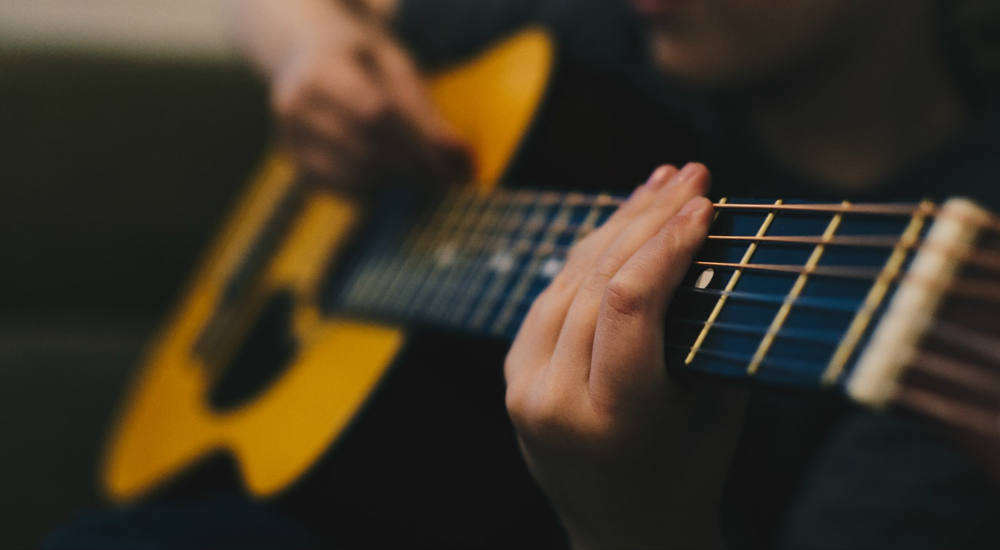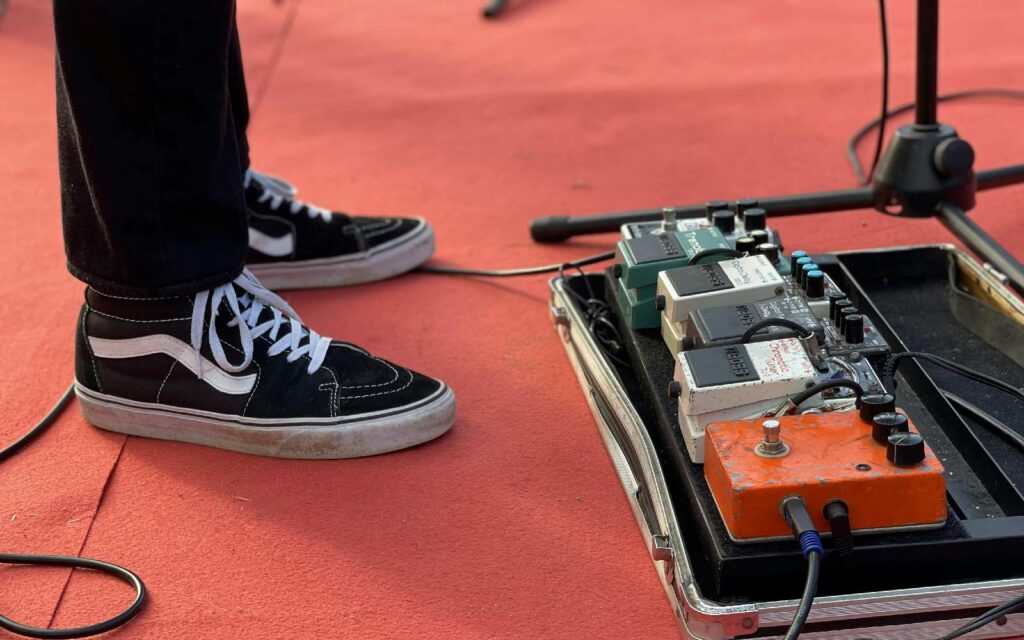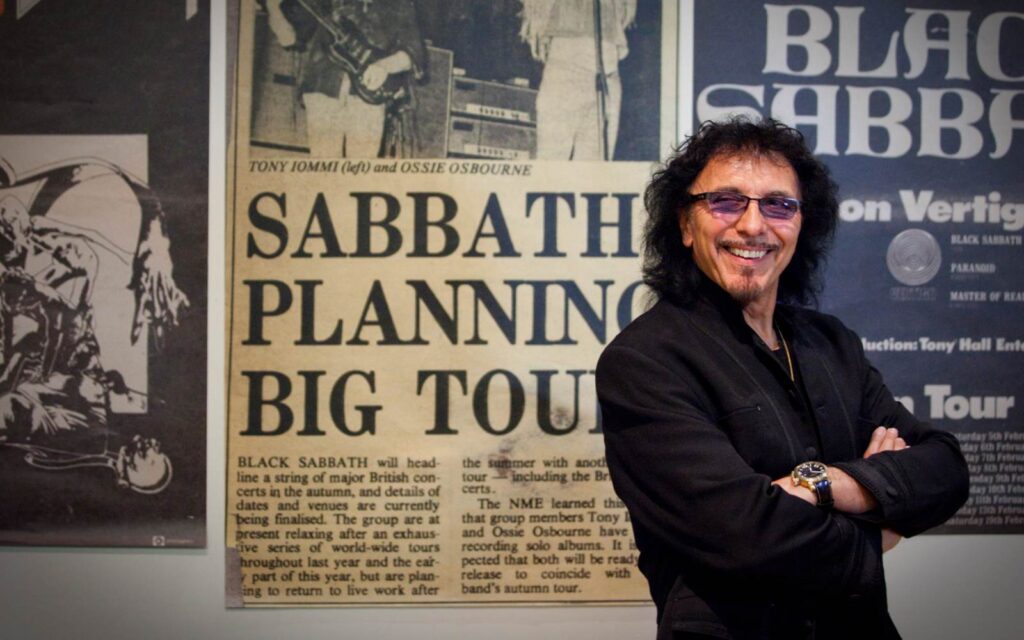A simple G chord shape that you might learn at first could be voiced G B D G B G and most likely the guitarist will really have no idea what actual notes they’re playing, they’ll just know that it’s a G chord. No worries with that and it’s one of the great things about guitar – making it very accessible and easy to get a start on. For most players it really isn’t until later stages that triads and voicings are learnt/taught/covered and then it’s clear that some of these shapes aren’t always user-friendly or even possible at all. Anyway, background out of the way. Let’s get onto the next step from last issue of learning/seeing/visualising/discovering chords all over the neck.
A Major is played A B C# D E F# G# A. By taking our idea from last month, we don’t just have to see that scale in one of the standard box type positions. If you know the fretboard well it can be all over the neck, which enables you to improvise and move around the neck at will. An A Major triad is A C# E, so let’s take that chord and move it around the guitar.

Figure A puts these A Major triads into play. How many of them have you played? Of course we can then invert them to have the third or fifth in the bass too such as Figure B. These kinds of sounds/voicings can be heard in rock, blues, country, and jazz amongst other styles.

Try transposing this idea to other keys (especially keys you don’t know as well) and you’ll be surprised how quickly you start seeing chords all over the neck as well as just notes. Of course it can also work with minor, too. Moving to A Natural Minor, we get A B C D E F G A which gives us Figure C as our root inversion voicings.

Again, try inverting these triads to start from the third or fifth and see what sounds/shapes you can come up with. I’m sure there will be at least a couple you haven’t played before. Next month we’ll move onto using some more complex scales and modes to expand our chord knowledge even further.
Image via Kelly Sikkema.







